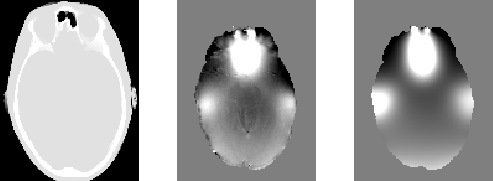Figure 3 shows slices from the CT image used to define
the object susceptibility map, plus both the experimentally acquired
field map and the field map calculated using the voxel-based
perturbation method described above (execution time was 9 minutes on a
1.8GHz Athlon, 2GB memory running Linux). Note that both field maps
have been masked so that only brain tissue is included (although the
simulation included all tissues present, with
![]() ) and have had the first and
second-order spherical harmonics removed in order to factor out the
effect of the shims on the field maps.
) and have had the first and
second-order spherical harmonics removed in order to factor out the
effect of the shims on the field maps.
Qualitatively it can be seen that the match is good. Quantitatively
the mean absolute difference between the field maps is 0.05 ppm, while
the typical range of the field values (used for the display range in
Fig. 3) is
![]() . The calculated error can
also be compared with the neglected second order terms in the
perturbation expansion. These second order terms have an approximate
magnitude of
. The calculated error can
also be compared with the neglected second order terms in the
perturbation expansion. These second order terms have an approximate
magnitude of
![]() , which is two orders
of magnitude less than the observed errors. However, there is also
another error contribution, from the the inaccuracies in modelling the
object as a set of rectangular voxels, which is dominant in this case.
, which is two orders
of magnitude less than the observed errors. However, there is also
another error contribution, from the the inaccuracies in modelling the
object as a set of rectangular voxels, which is dominant in this case.
 |